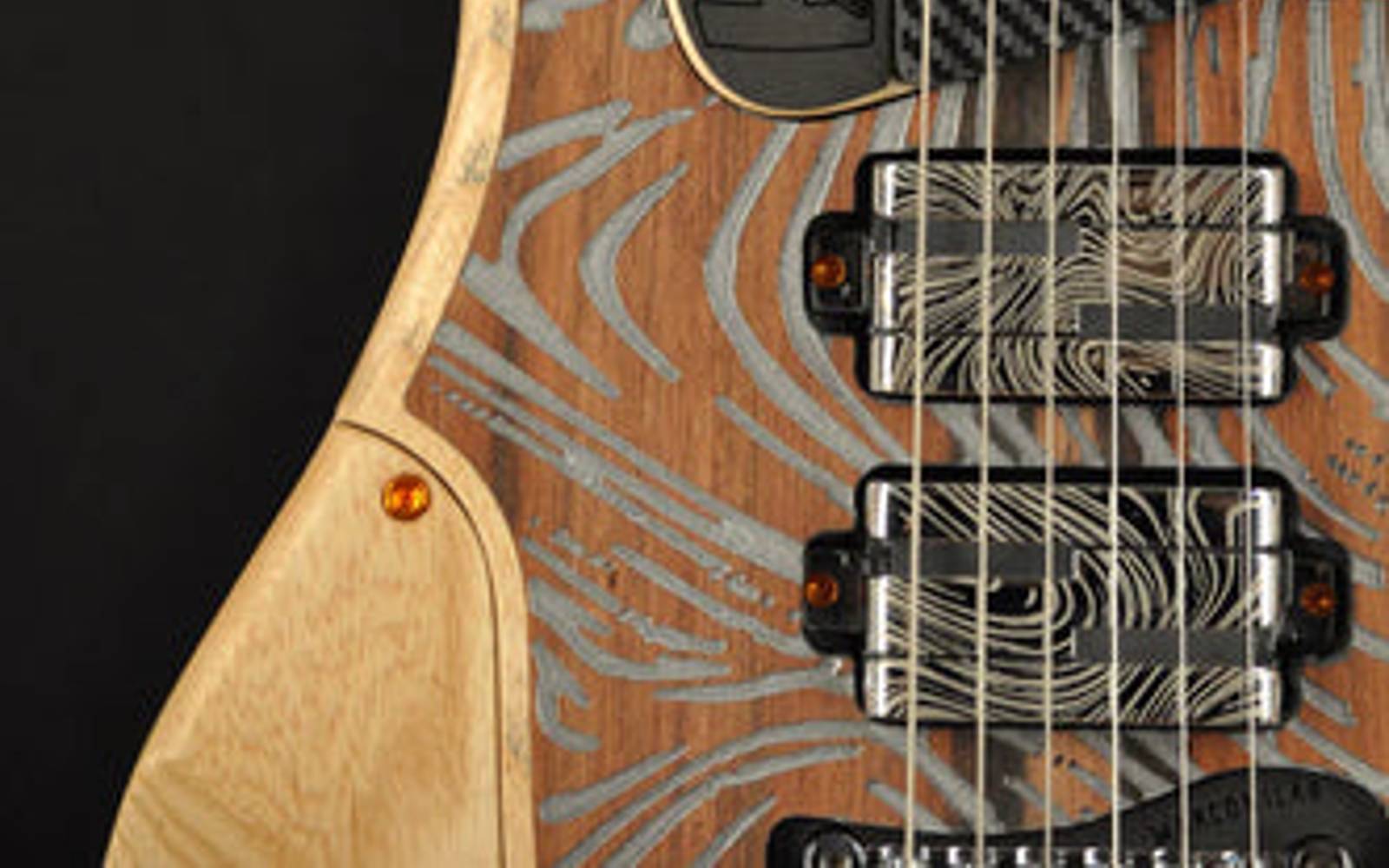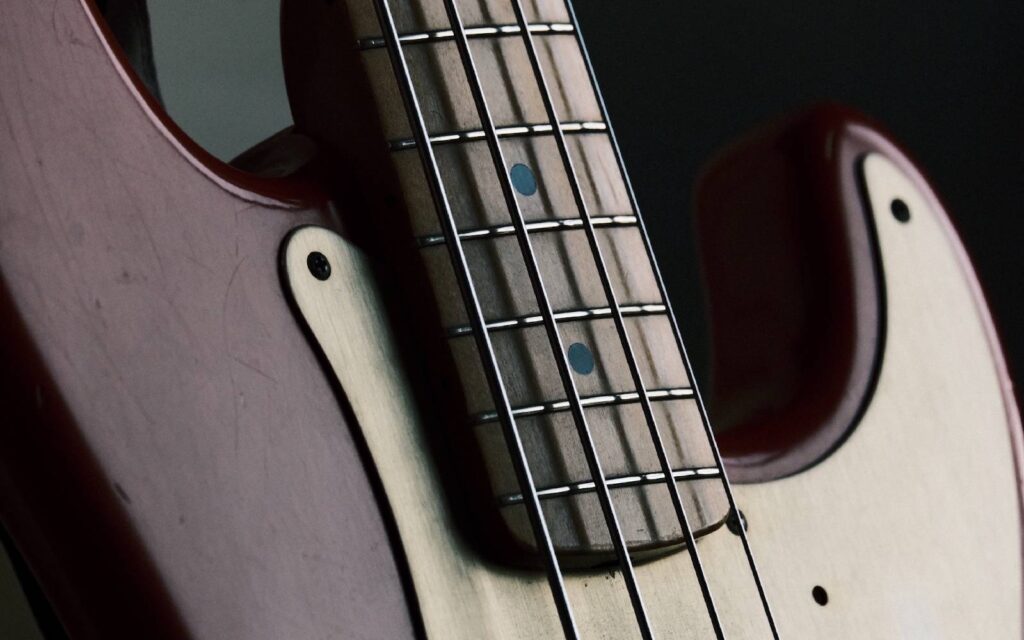In the late sixties, soon-to-be company founder Don Lace Sr. first came into contact with the guitar industry.
Lace Sr. was working with the then-budding Fender, assisting them with amplifier speaker issues. After setting up his own company in 1979 (dubbed Actodyne General International), Lace Sr. began research and development into his own unique pickup designs.
The business initially began in the humble family garage and consisted of Don Lace Sr. and his two sons, Don Lace Jr. and Jeff Lace. At the time, Lace Sr. was in contact with Fender’s pickup manufacturers, and readily learned about the nuanced ins and outs of the magnetic pickup. Their discussions led Lace Sr. on a journey to create his own version of the single coil. He planned to integrate the best features of both active and passive pickups into one singular unit.
Read all the latest features, columns and more here.
Lace Pickups Sensor
After years of experimentation, Lace Sr. finally engineered a feasible method to put his plans into being. His first Lace Sensor pickup consisted of a true single coil surrounded by metal barriers. Similar to the metal claws on a Fender Jaguar pickup, these barriers reduced hum and focused the magnetic field beneath the strings, which in turn produced a punchier top and bottom end.
Lace Sr. then reengineered the pickup magnets to create a compression field around the coil itself, which further increased tonal harmonics and decreased electromagnetic interference.
The official birth of the first Lace Sensor pickup occurred in 1985 and was then used exclusively by Fender from 1987 to 1996. Initially, there were four varieties of Lace Sensors to choose from: gold, silver, red, and blue.
The gold strove to be as tonally authentic as possible, taking notes from glassy ‘50s single coils. The silver Lace Sensor emulated the beefy ‘70s Stratocaster scream, while the blue imitated a warm P90. The red variant held the most output and was designed to both feel and sound like a humbucker.
While Lace Sr. passed in 1992, his eternal spirit of innovation continues today through his two sons. The company have been constantly churning out new products that continue to push the boundaries of the traditional magnetic pickup.
Alumitone
Take their Alumitone single coils, for example. While all pickups are primarily voltage-driven, the Alumitone was created with a different goal in mind: to maximise its current. This is achieved by a water jet cut aluminium exoskeleton, paired with an extremely low number of turns – 90% less copper wire, to be exact. The low/high impedance pickup allows for more bass, volume and a slightly more pronounced midrange.
It’s an unfortunate truth that a large percentage of guitarists are purists, and would only touch a Stratocaster if the magnet poles were poking up through the covers. Thankfully, Lace’s Holy Grail pickups caters for this particular audience. Combining its hum-cancelling technology with a distinctly vintage ‘50s voicing, these pickups are a popular option for both stage and studio.
Holy Grail pickups
Lace has vastly increased both their reach and lineup of products over the years. Their patented single coil pickup is now available in a staggering nine variations – consumers are invariably spoiled for choice. The company is also currently working with Godin, National Reso-Phonic and a whole slew of other boutique manufacturers across the globe.
While Lace Pickups have already established themselves as a name synonymous with innovation, you can safely bet that they’ll always remain in the vanguard for the magnetic pickup’s inevitable evolution.
Lace Sensor Pickups are distributed in Australia via EGM Distribution.







